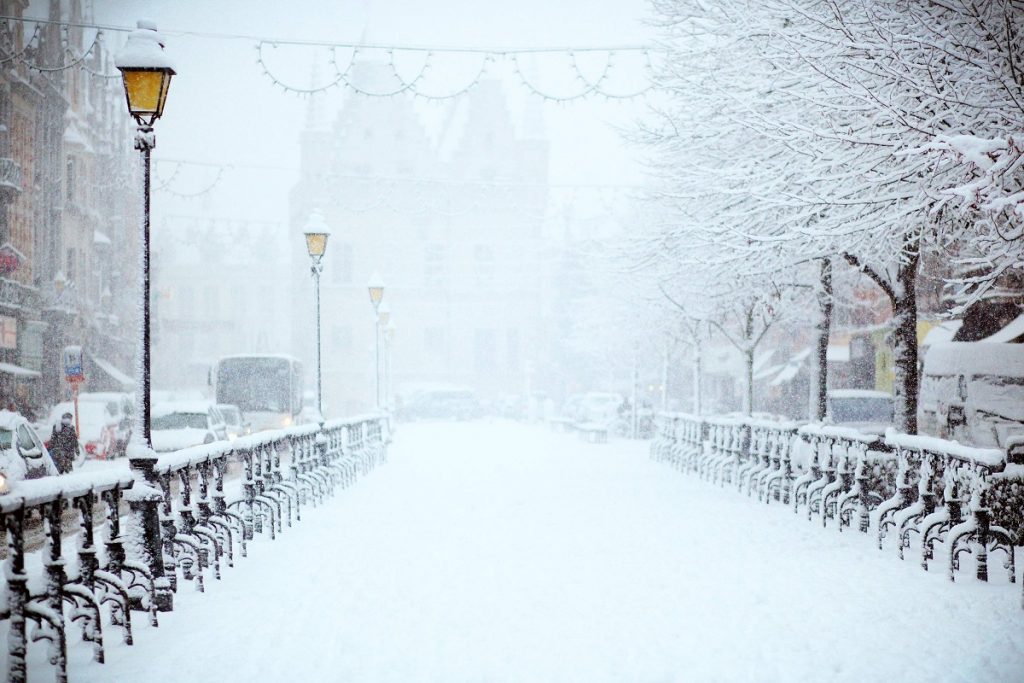The holidays are one of the busiest seasons of the year for most businesses. If you’re running a food business, you may have to take care of catering for your customers’ Christmas feasts. Meanwhile, trucking businesses are likely to work overtime to get this year’s Christmas gifts and feast ingredients to customers. If you’re seeing a lot of traffic to your business this winter season, you need to ensure that every pathway that leads to your doorway is safe.
Minimize Business Risks with Safe Storefronts
Snow-filled and slushy pavement made up 16 percent of weather-related vehicle fatalities in the past few decades. It caused an average of 186,076 crashes annually. Icy pavement, on the other hand, was accountable for over 156,164 crashes and 13 percent of weather-related fatalities in the past decade. Not to mention the possible slips and falls that could happen to customers and employees treading the pavement to reach your storefront.
Even if your business is busy this holiday season, you also need to make sure that everyone visiting your location is safe. After all, you could face litigation if a customer or employee gets injured on your property.
So what can you do to get your driveway safe and ready for winter?

Keep it Clean
Before the snow even starts falling, you need to get your driveway clean of any debris like fallen branches, leaves, stray rocks. You don’t want people accidentally tripping on them when they’re covered with snow. Once you’ve got the debris cleared out, move on to cleaning the dirt and grime stuck on the floor. These particles may make the melted snow even more slippery. Apart from safety, cleaning your driveway also enhances the look of your business location all-year-round.
Inspect and Repair Damage
Look across your driveway for any cracks or chips on the concrete and get them repaired. This is because the moisture from the snow can seep into the floor and encourage the growth of mildew, mold, and other bacteria. These degrade the material, causing it to lose strength over time. Water increases the relative humidity of the concrete, which also decreases the strength and durability of your floor.
Water can also freeze and expand inside the concrete, causing the concrete to shift out of its original position. You’ll find that the crack looks larger than before the snow started falling.
When you find these cracks, get them filled immediately. If your budget can handle it, get the concrete sealed before you add the road marking primer paint. The sealant will help protect the concrete’s pores and possible missed cracks from absorbing moisture from the snow.
Get it Properly Leveled
If your driveway slants towards your building, it could cause melted snow to pool around the foundation. This can damage the foundation and cause water to make its way inside the building or into the basement. Have a professional level the concrete so that it directs water away from your building.
Now that the snow is starting to pile up on the concrete, you need to make sure that your driveway can handle the possible problems it can bring. Melted snow and ice can not only cause slips and falls, but they can also degrade your concrete. These suggestions help you get your pavement ready for even the worst snowstorms.

